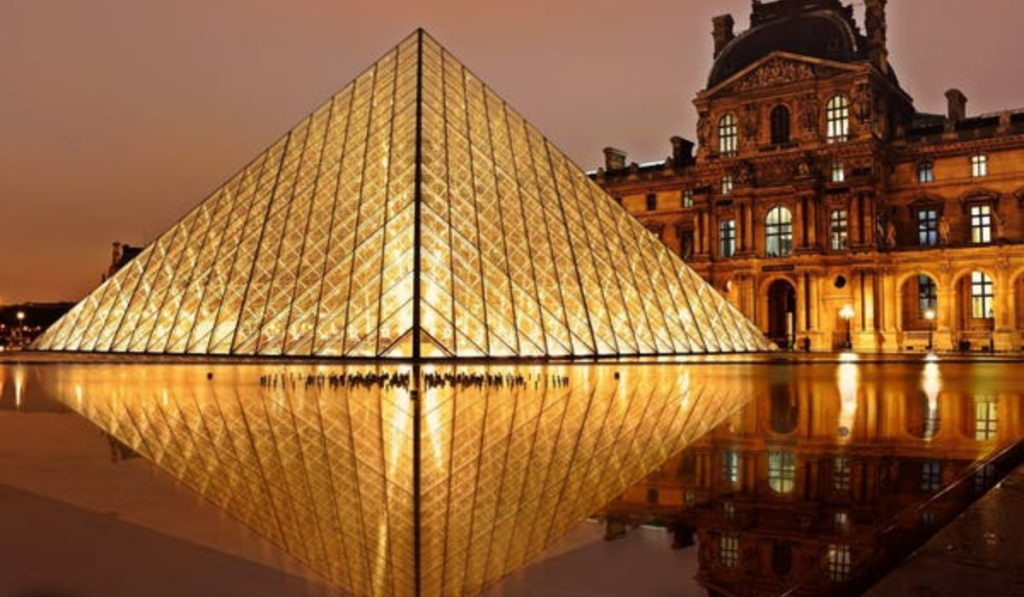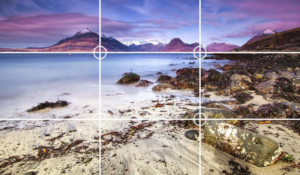A Beginner’s Guide to Aperture, Shutter Speed, and ISO in Photography

It can be exciting and overwhelming to get started with photography. It can be intimidating to begin with, as the technical jargon is confusing and there are many settings. But don’t worry! Understanding the fundamentals of shutter speed, aperture and ISO will help you to create stunning photos and master exposure. This beginner’s guide will help you to understand these basic concepts.
Exposure Triangle Components
The triangle of exposure is made up of three elements: ISO, shutter speed and aperture. These three components control the amount light reaching the camera sensor and thereby determine the brightness of your photos. It is important to master the interaction between these three elements in order to achieve well-exposed photos.
Automatic Mode Can Be Controlled Manually
Although auto mode is convenient, photographers can take control of their camera settings by switching to manual control. This gives you more creative control, and opens up new possibilities when it comes to creating visually appealing images.
Definition of Exposure
The amount of light entering the camera that hits the sensor is called exposure. To produce visually pleasing and well-balanced photographs, it is important to achieve the correct exposure.
Histograms
Histograms are a visual representation for exposure. They help photographers to analyze the distribution of colors in their photos. Histograms can help photographers avoid common exposure mistakes such as underexposure and overexposure.
Aperture
The aperture is the opening of the lens, which is measured in f stops. The aperture not only affects the amount of light that enters the camera, but also the depth of field. Narrower apertures produce a greater depth of focus, while wider apertures create a shallower depth.
Shutter Speed
The shutter speed determines how long the shutter stays open. It is crucial in controlling blur and blurring or freezing motion in an image. Slower shutter speeds cause motion blur, while faster shutter speeds freeze the motion.
ISO
ISO is the measurement of the camera’s sensitivity to light. The sensor becomes more sensitive to the light when ISO is increased. This can be useful in low-light situations, but it also causes digital noise and graininess.
Practical Tips
To master exposure settings, you must experiment. To develop an intuitive sense of the effects of different combinations, experiment with aperture, shutterspeed, and ISO.
Camera Modes
Understanding and using different shooting modes, such as shutter priority, aperture priority, or manual mode, allows photographers to have a greater degree of control over the shutter speed and aperture settings.
Exposure Compensation
Photographers can fine-tune their exposure settings in order to compensate for images that are underexposed or too bright.
Bracket
When bracketing, you take multiple photos of the same scene with different exposure settings. This is especially useful when shooting scenes that have high contrast or difficult lighting conditions.
Understanding these basic concepts and techniques allows photographers to control their cameras and unleash creativity. Mastering shutter speed, ISO, and aperture is essential to creating images that are visually appealing. Grab your camera and go out to capture moments that will tell your story!



